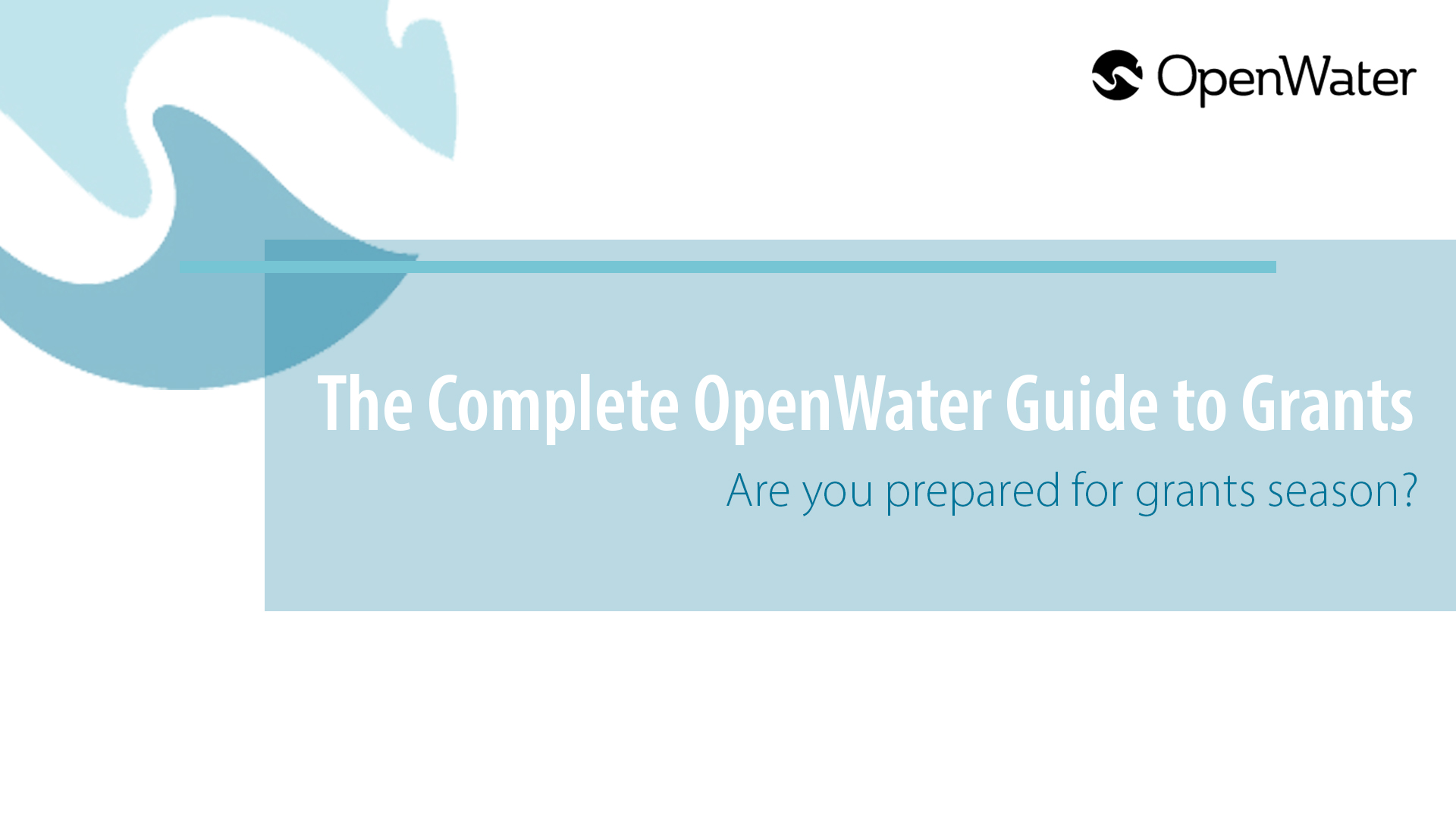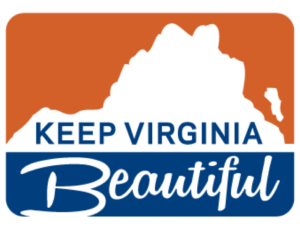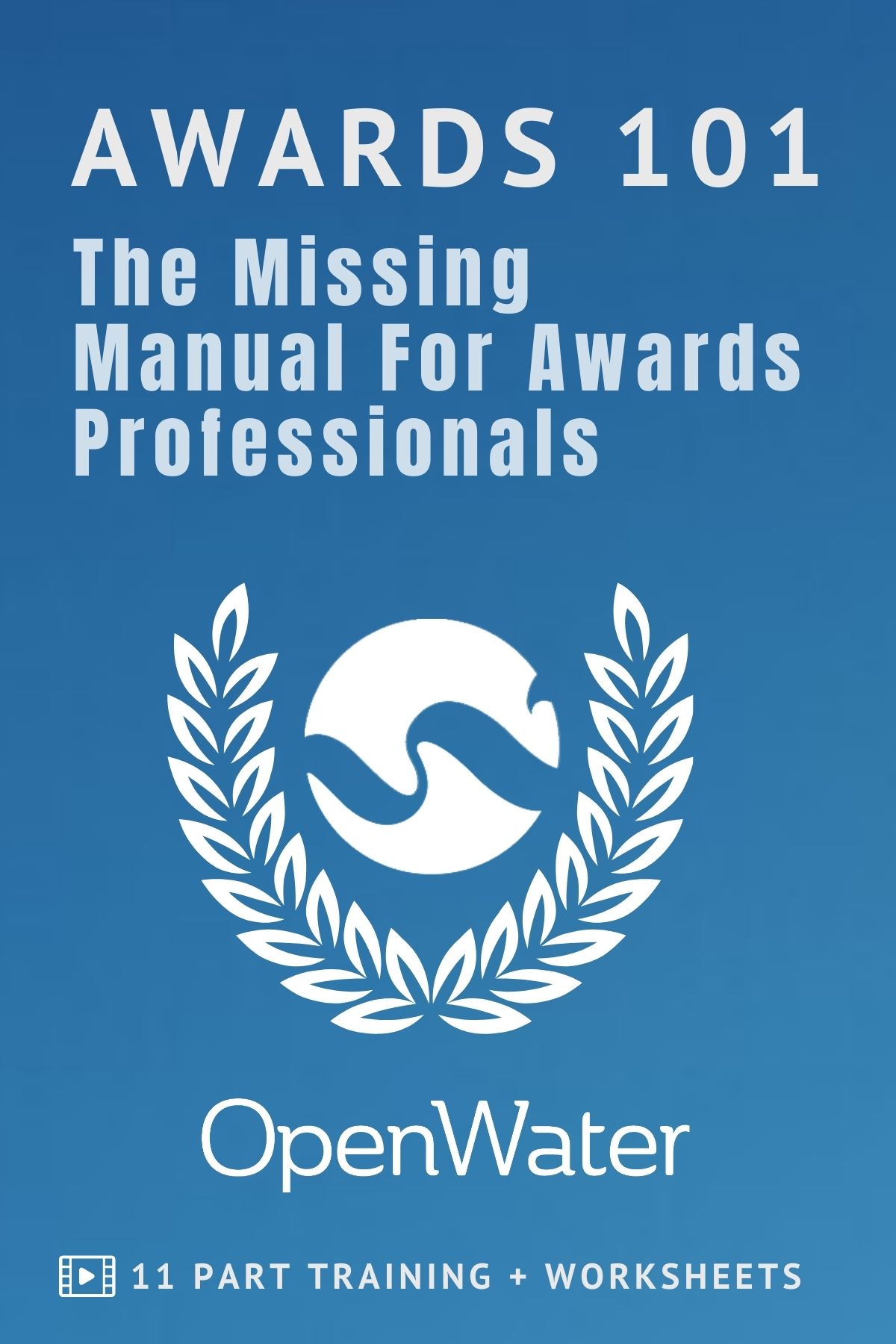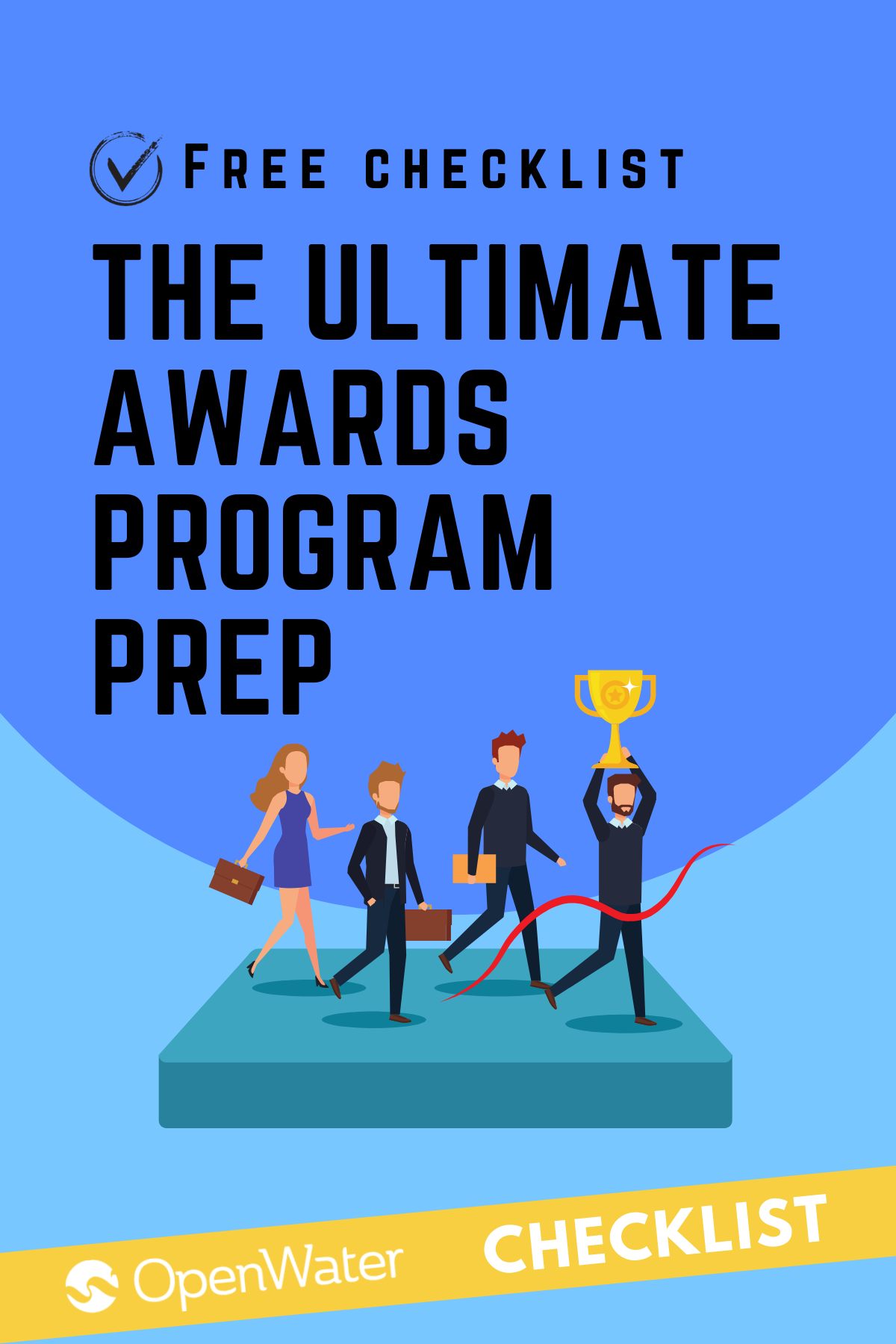
The Complete OW Guide to Grants
Writing a grant application for the first time?
You’ve come to the right place, because we’ve been doing this a long time.
Here are some things we recommend nonprofits, charitable organizations, businesses, and governmental agencies who use our grant management software to optimize their grant administering process. Whether you are the point-person that fills out the application every year, or if you hire a grantwriter – it’ll be useful just the same.
1. First of all…how important are Grants? Very. They drive economic activity.
Federal Grants
Every American benefits from federal grants, if only indirectly. According the Congressional Research Service (CRS), the federal government distributed 728 billion dollars in grants to state and local governments in 2018, funding a wide range of public policy programs such as healthcare, income security, education, and environmental protection.
These funds are earmarked for specific purposes and therefore all have stringent eligibility and reporting requirements. Some are wholly experimental; their purpose is to find new methodologies or marketplaces. Others aim to jump start economic growth, address natural disasters, or underwrite necessary research the marketplace won’t fund.
Private Endowments, Foundations, and Corporate Grants
Similarly, grant funding from private, non-profit, and corporate sources exert influence throughout the economy.
- There are over 1,400 family, corporate, and professionally staffed foundations, of all sizes, nationwide, according to Foundation Source
- There are 140,000+ grant funders listed in the Foundation Center’s database
- Most major U.S. corporations have charitable foundations and associated grant programs (Here are some of these grant websites.)
2. What are some common mistakes novice grantwriters make?
If it’s too good to be true…it probably is.
This common misconception about grants is regularly exploited: The idea that a large amount of grant funding is available directly to individuals or businesses.
It’s not that these types of grants don’t exist. They do. However, there are significantly fewer grants than some websites suggest. These sites make wild claims about available funds. They don’t administer grants. They make money by collecting and selling your personal information.
Be wary of websites that:
- Advertise heavily
- Claim to have funding for groups with specific combinations of people and uses that seem out of place for grants (e.g., “Grants for men 18-49 who run auto shops”)
- Require you sign up to use the website (Refrain especially from using your social media account – they might be harvesting personal information for profit.)
- Charge a membership fee to access “premium” information
Do your own research. All legitimate grant sources have information available on their websites.
3. What do you mean by “Do your own research”? Anyone can tell me that.
Remember that writing a grant application requires time, effort, and skill. Grants are highly competitive; there are few awards relative to the number of applicants in a typical program. (Here’s what you do after you win a grant.) Given this competitive environment, undertake grant writing only after careful review of eligibility requirements. Depending on the industry the eligibility documents are referred to as the Funding Opportunity Announcement (FOA) or simply “eligibility requirements”.
Additionally, consider the following:
- Do you have the time and human resources to implement the grant funding, if you won?
- Do you have the capacity for the commitment, if you won?
- Do you have the fiscal infrastructure to meet financial reporting requirements?
- Is it worth your time to apply?
4. Okay then. Before I start writing, what do I need to do?
If there’s one thing you take away from all this, it should be the next three words. Research the Funder.
It is essential to learn more about the funding organization/donor. Research gives you a competitive edge. It also prevents time wasted on a grant application of which you are ineligible.
As described above, grants have requirements based on origination. One example: Most foundations do not accept unsolicited grant proposals. Research helps you navigate requirements and expectations.
As you research, consider the following:
- What is the purpose of the grant funding? Look for the requirements first. Often, these are stated up front in the grant’s description. More information is usually presented in a separate document or section of the website. Read all of the requirements carefully.
- Who is eligible to apply for the grant (do you qualify?) For example, federal grants are distributed to state and local organizations, not directly to individuals. The same holds for the majority of foundation and corporate grants. There are exceptions. See the example below.
- Will your project satisfy the grant’s purpose? Grant funding exists for specific purposes. Make sure you/your organization is eligible and can meet requirements.
- What are project milestones or other reporting requirements? Grant funding is not repaid. However, grantors expect reporting on projects and outcomes. Requirements vary. Look for these in the eligibility requirement documentation.
5. How do I start researching?
- Search according to keyword, geography, or grant use. Start with grants.gov.
- Review every grant website in depth
- Participate in webinars, technical assistance calls, and other outreach programming, such as volunteering
- Ask your network of friends, coworkers, and others
- Review annual reports and other disclosures
These actions will give you a sense of if your project/organization is a good funding fit.
TIP: Don’t immediately discount yourself from the competition. Learn more about the donor so you can position your project strategically, in a way that also meets their needs.
6. What are some things I should be prepared to do?
Every grant application is unique. Sections commonly required include:
- Statement of Goals/Objectives
- Demonstration of Need
- Project Proposal
- Forecast of Grant’s Impact
- Existing Resources/Capabilities
- Project Budget/Timeline
Complete each section exactly as requested. It is important to follow directions to the letter. These parameters are set to give equal weight to all applicants. This includes page formatting or media formatting requests.
7. Enough with the basics. How can I wow anyone reading my application?
That said, within the set requirements you should think like a reviewer to make your grant application stand out.
Some ways to stand out when writing a grant proposal:
- Set the scene and tell a story of life currently, and life after implementing the grant funds
- Stick to the facts; do not overstate, pad, or goldplate your story
- Include case studies or other relevant examples beyond basic requirements, so long as they fit into the scope of the application (reviewers frown on extra attachments)
- Remind reviewers of unique previous experience or existing resources that benefit the proposal — grantmakers want grantees to succeed
- Provide hard data, such as statistics or preliminary data, when possible
- Spellcheck! Double check all calculations, due dates, and support materials.
All grant writing should be clear, logical, and persuasive.
8. Finally, submitting your Grant Application.
Most submissions are final. Be sure you are 100% ready before you click “submit”.
Don’t wait until the last minute to submit your grant application. Deadlines often cause the heaviest demand on a foundation/donor’s system. Don’t risk losing your work.
After you submit your written grant application, prepare to wait. Many grants reviews take several weeks. Most grantmaking organizations notify everyone with results.
Grantwriting Example: Keep Virginia Beautiful
 Yes, legitimate grants do exist for individuals. (See section above to avoid questionable, or even fraudulent, grant funding sources.)
Yes, legitimate grants do exist for individuals. (See section above to avoid questionable, or even fraudulent, grant funding sources.)
I won a $1,000 “30 in 30” grant from Keep Virginia Beautiful. My experience is instructive.
Keep Virginia Beautiful (KVB) is a nonprofit funded by several large corporations. KVB’s focus is litter prevention. One grant is specifically targeted to reduce cigarette litter, for example. All five grant categories are related to the environment.
(Corporations rarely give funds directly to individuals; most grant funds are distributed to one or more nonprofit organizations like KVB.)
How I Discovered This Grant
I didn’t search for this grant opportunity. I was made aware of it through a professional connection. This underscores the value of making others aware of your ongoing projects. Professional networks, such as LinkedIn, are especially useful.
How I Researched This Grant
Luckily, my colleague sent a link directly to the KVB website. They have a dedicated page for each available grant. The “30 in 30” page explains who is eligible, how to apply, and who judges the grant applications and selects the grantees. I could see that I was eligible to apply.
How I Applied
KVB lists the application process on their website when annual applications are open.
I applied for the grant under the “neighborhood beautification” category.
My application included:
- a written description of my project (transform an empty lot into a food forest)
- photos showing the land in current condition (see one “before” shot here)
- a budget outlining how funds would be used
- a timeline explaining how volunteers would help implement the project
All of these materials were submitted directly through the website.
What Was Required
After the grant award I submitted a progress report to Keep Virginia Beautiful. They have a standard form that all grantees submit. I also notified my local newspaper about the project. This resulted in favorable press for my project as well as KVB.
Lessons Learned
- Be sure you qualify by reading the terms carefully
- Submit all the materials as requested
- Double-check that all materials are error-free and represent you accurately
- Follow through on all reporting requirements
- Express thanks to to the funding organization (not required, but certainly an appreciated gesture)
Acknowledgements and Additional Resources
This post inspired by the following grant writing resources:
- Jacob Kraicer, MD, PhD, University of Toronto, Art of Grantsmanship
- The Grantsmanship Center
- Health Resources and Services Administration, U.S. Department, Health and Human Services (HRSA), Grantwriting Tips (.pdf)
- Congressional Budget Office (CBO)
- Council on Foundations
- Foundation Center, Find Funding
- Foundation Source
Still not sure if a OpenWater’s Grant Management Software is what you need?? Click here to find out more about OpenWater and our Growthstack.
Already with OpenWater? Have you checked if your organization is OpenWater certified? Hurry! Check out our calendar to find out about upcoming webinars and certification programs.

